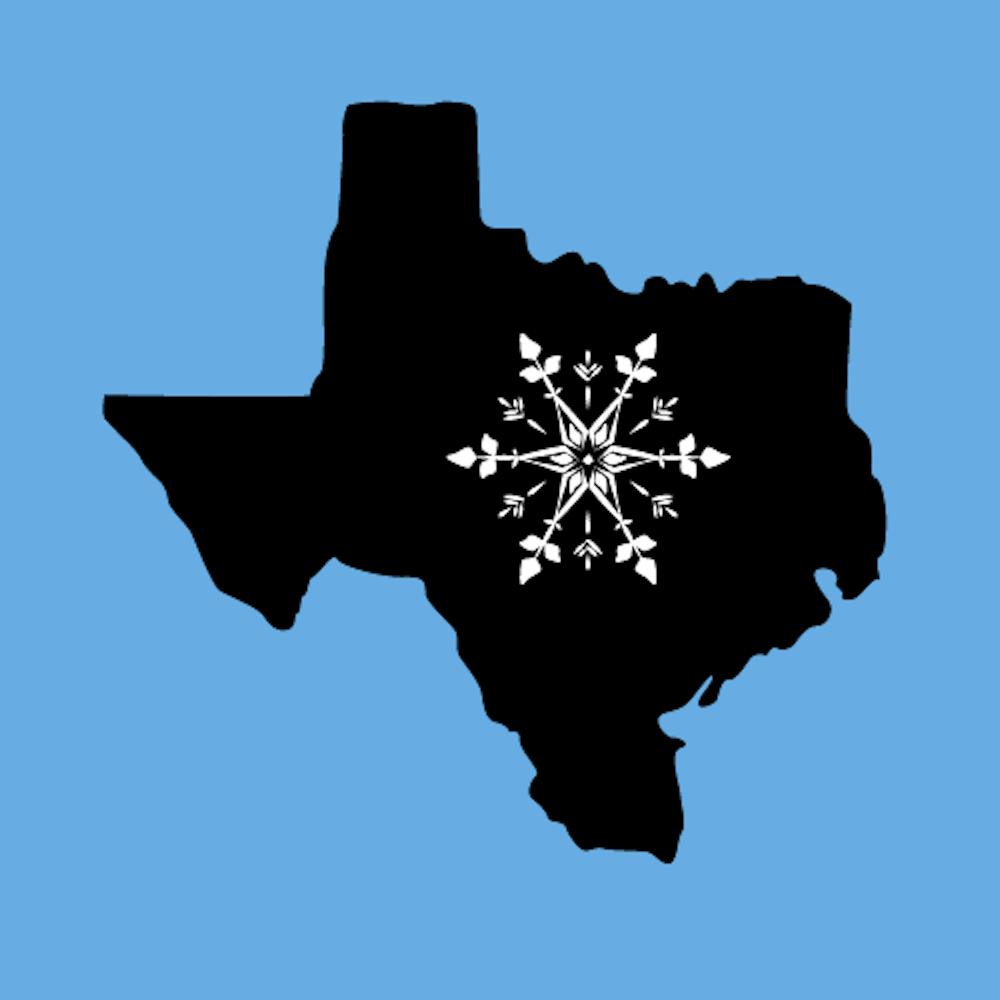
2021 has brought some surprises, and one of those surprises is the terrible snowstorm in Texas. Although there have been such conditions in the past, this storm hit hard, leading me to think about climate change’s role in the extremity of the storm. Did climate change make the snowfall worse?
While snowstorms on the East Coast are expected, such conditions in the Midwest and Texas were alarming. Cities like Houston and Dallas experienced horrible snowstorms and extreme cold weather.
Lack of preparedness made things worse in Texas. While Texas Senator Ted Cruz was seen escaping to warmer weather in Cancún, electricity grids failed, leaving Texans with no power for days. Millions of Texans were left unable to get food easily and without proper running water and heat. Coupled with the pandemic, this has made things difficult for Texas.
Natasha Chugh, a sophomore who is currently in Texas, testified in an email to The News-Letter that her experience through the recent snowstorm has been tough.
“The snowstorm caused power outages all across Texas, including my house, for a whole week. Fortunately, we had power every other hour, but some didn’t have any at all,” she wrote.
She noted that her friends at the University of Texas had to boil water to sanitize it due to power outages at the water treatment plants.
How weird was this snowstorm in Texas? This is not the first time that the state has received snow, but the conditions of this past storm were a a bit abnormal. According to this graphic in a Washington Post article sourced from the University of Maine’s Climate Reanalyzer, temperatures in Texas and the Midwest were as much as 50 degrees colder than average on Feb. 16, a stark difference.
According to Benjamin Zaitchik, a Hopkins professor and climate researcher, extreme weather has become more expected in recent years.
“We expect increased variability in many parameters of climate in a warming world,” he wrote in an email to The News-Letter. “Counterintuitively, this increase in variability may include cold extremes like we’ve seen this month.”
According to research about Arctic amplification, increasing temperatures due to climate change can lead to atmospheric patterns that result in easier winter storm development.
Climate change makes storms worse and more unpredictable. Global warming and higher temperatures lead to increased evaporation. Eventually, this increased evaporation leads to increased precipitation. At certain times, when temperatures are cold enough, this precipitation is snowfall. The path of these storms is also changing, which is why Texas may have had its devastating snowfall. In addition, climate change also affects the air currents in the atmosphere, also known as jet streams. Changing jet streams can lead to blocking weather patterns, which may result in colder winters and changing trajectory of storms.
We need to discuss how climate change is not only disastrous for the planet but also how it affects life on Earth. As weird weather patterns continue, people will continue to be affected, just like those who suffered through the snowstorms in Texas.
What should we think about moving forward? Zaitchik believes that we should focus on electrification. Electrification is the process of moving away from fossil fuel consumption and shifting to more renewable sources of energy, such as solar power or wind.
“Transportation, heating, and industrial processes that currently depend on direct fossil fuel consumption need to be electrified to take advantage of renewable electricity generation capabilities,” he wrote.
It’s easier said than done. The process of electrifying transportation, industrial processes and heating is lengthy and requires initiative from the government.
“That includes R&D, appropriate policy incentive structures, and very significant investments by governments and/or capital markets responding to appropriate policy signals,” Zaitchik wrote. “It also includes a broadminded and flexible approach to electrification solutions. I’m focusing on this particular challenge because it requires large-scale, concerted efforts over multiple decades, and there’s a big penalty for delay.”
In his plan for climate change and environmental justice, President Joe Biden seeks to invest more in renewable energy sources, decarbonize the food and agricultural sectors and set the country on a course to have a 100% clean energy economy by 2050. These proposals are bold, and the recent difficulties in Texas and the Midwest make clear that we must hold Biden accountable to ensure that they are fulfilled.





